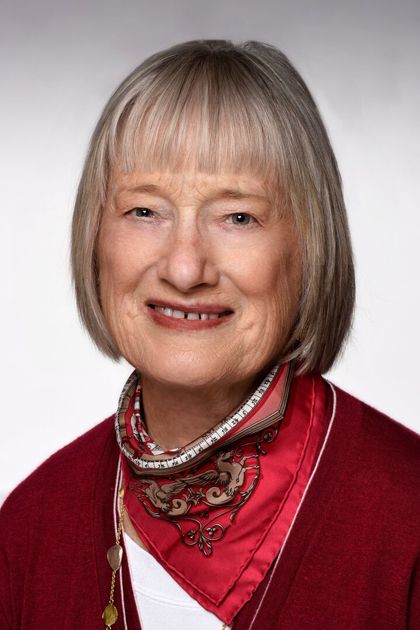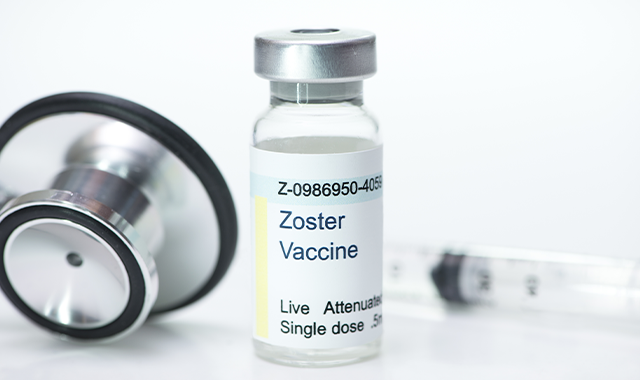Chickenpox Vaccine Reduces Risk of Shingles in Children
Anne Gershon, MD


Newly released research reinforces the dual benefits of routine varicella vaccination in children, namely protection from both chickenpox and shingles.
The retrospective study, funded by the CDC and reported in Pediatrics, reviewed the electronic health records of 6.3 million children under the age of 18 who were patients at CDC-sponsored Vaccine Safety Datalink sites between 2003 and 2014. Half had received at least one dose of the chickenpox vaccine during the study period.
The risk of herpes zoster (HZ) was found to be 78% lower in the vaccinated children. The rate was lower in children who received the two doses of varicella vaccine recommended by the American Academy of Pediatrics than in those that received only one. Among immunosuppressed children who were not able to receive the vaccine, the HZ rate was five to six times higher than their non-immunosuppressed cohorts.
The overall HZ incidence rate declined by 72% over the course of the 12-year study as the number of vaccinated children rose. “We saw the highest rates of HZ in the early years of the study when there was a higher proportion of children, particularly older children, who had not received the varicella vaccine,” reports epidemiologist Sheila Weinmann, MD, the study’s lead investigator at Kaiser Permanente Northwest Center for Health Research.
The varicella vaccine was developed in Japan in 1974 and tested in the United States later that decade. Anne Gershon, MD, professor of pediatrics at Columbia University Irving Medical Center, conducted studies of the safety and efficacy of the vaccine in leukemic children and adults that were critical to its licensure in the United States in 1995.
Trending: Dispensing Errors Lead Incident Reports
“Before we started immunizing healthy children, we were giving the vaccine to children with leukemia in remission because if these children got chickenpox they could be in the really weird situation of curing leukemia only to die of chickenpox,” she tells Drug Topics. “Among those children, if you compared the ones that had been vaccinated and the ones that had natural infection in the past, the rate of shingles was actually higher in those that had natural infection. That was the first clue that it was going to work out well in terms of reactivation for vaccinees.”
Gershon notes that researchers originally hoped that people who were vaccinated against varicella wouldn’t get shingles at all, a position she now characterizes as “too hopeful.” In light of the new study, she says it will be important to follow a cohort of vaccinated individuals over a long period of time to determine how long the phenomenon of reduced shingles rates lasts, and if periodic reactivation maintains long-term immunity to the virus.
“When the chickenpox vaccine first came out, many people-myself included-were concerned that shingles might become more common after vaccination than less. In fact, it has worked out the other way around, which is really very exciting,” she says.
Gershon emphasizes the importance of the varicella vaccine in an era of vaccine hesitancy, particularly in light of the current measles outbreak. She notes that many children receive multiple immunizations with the MMRV vaccine, but that the varicella vaccine can still be administered on its own. “If a parent says, ‘I don’t want to give the measles vaccine,’ you can offer them the chickenpox vaccine because it’s separate,” she concludes.